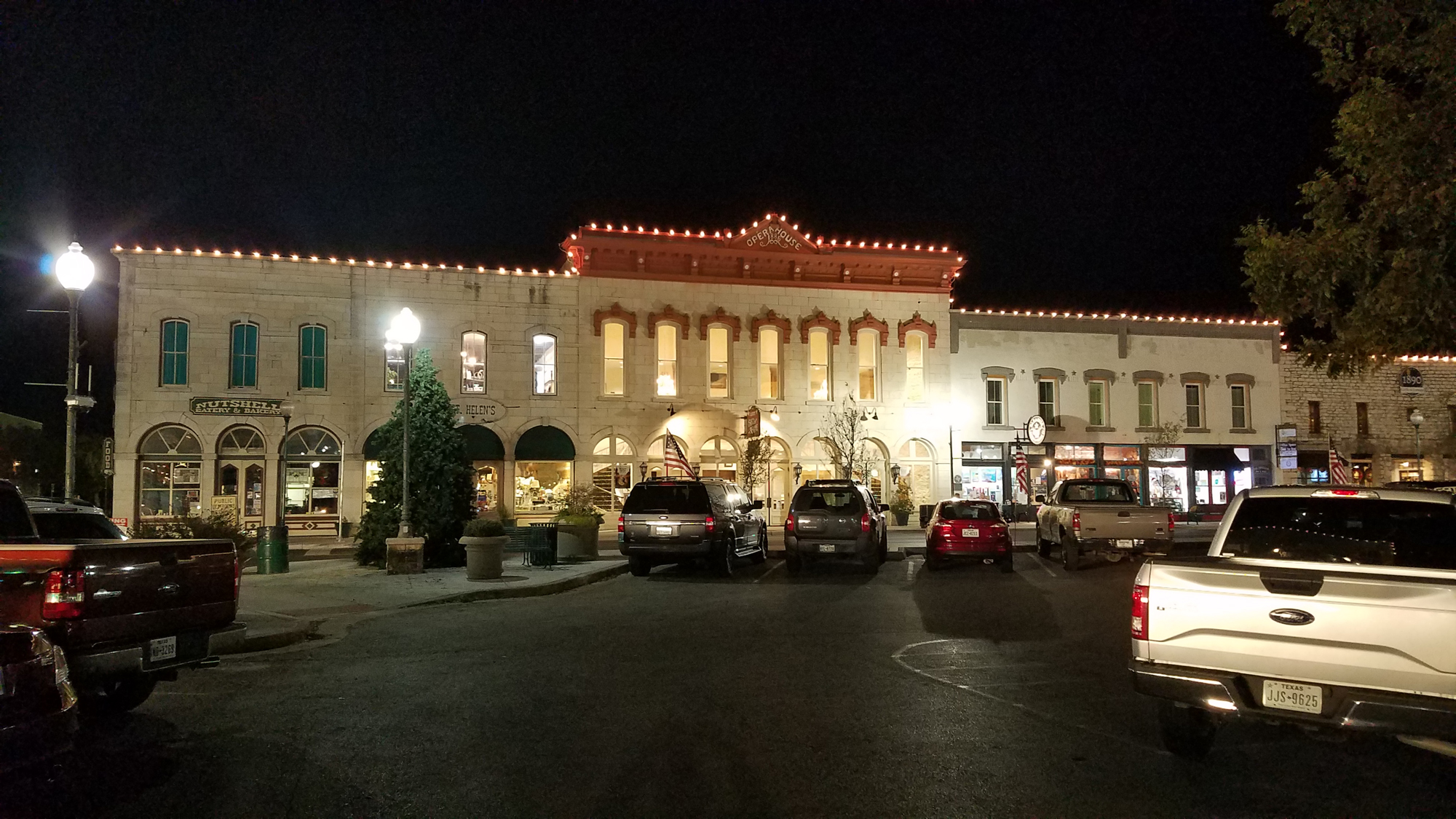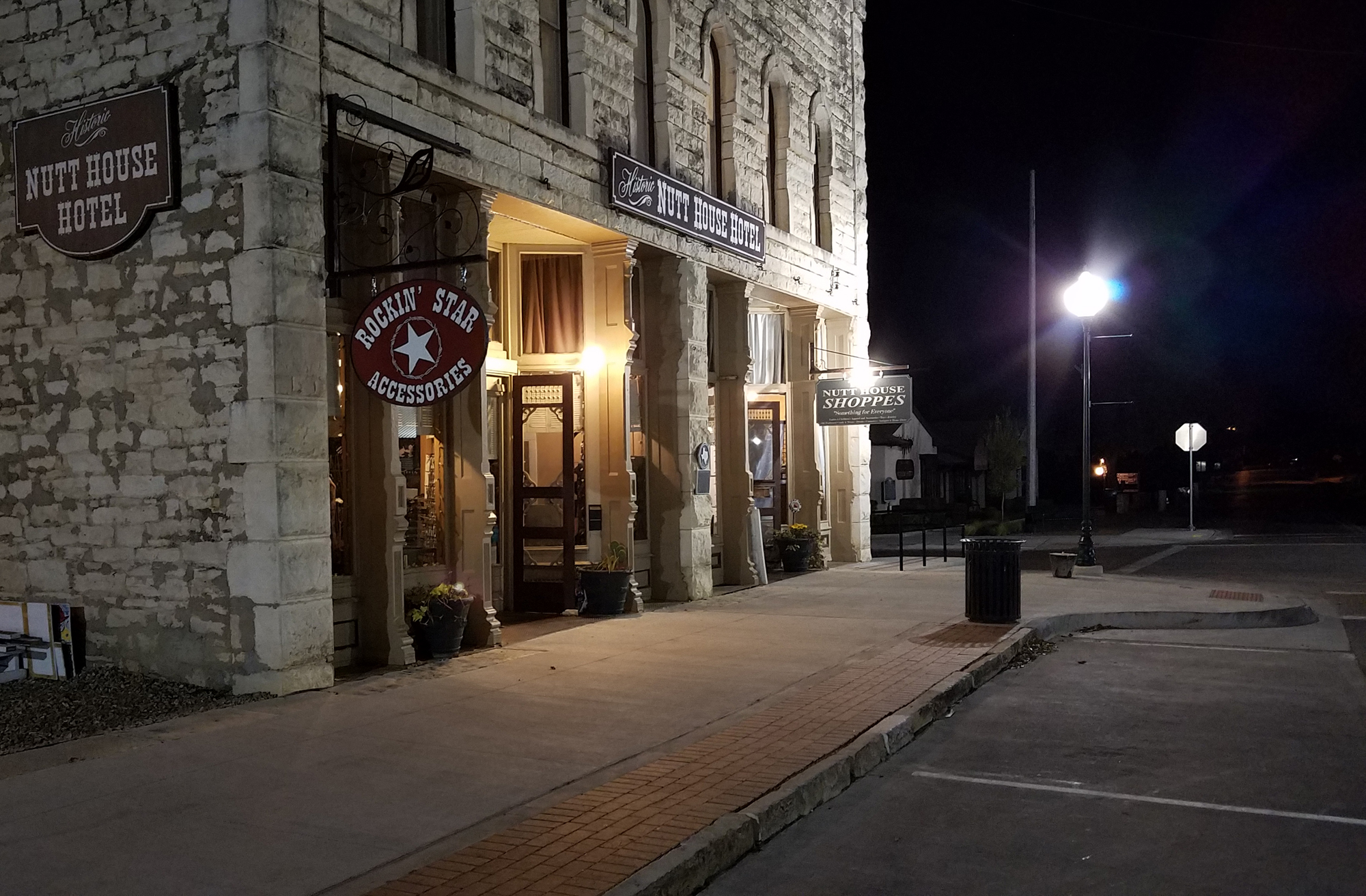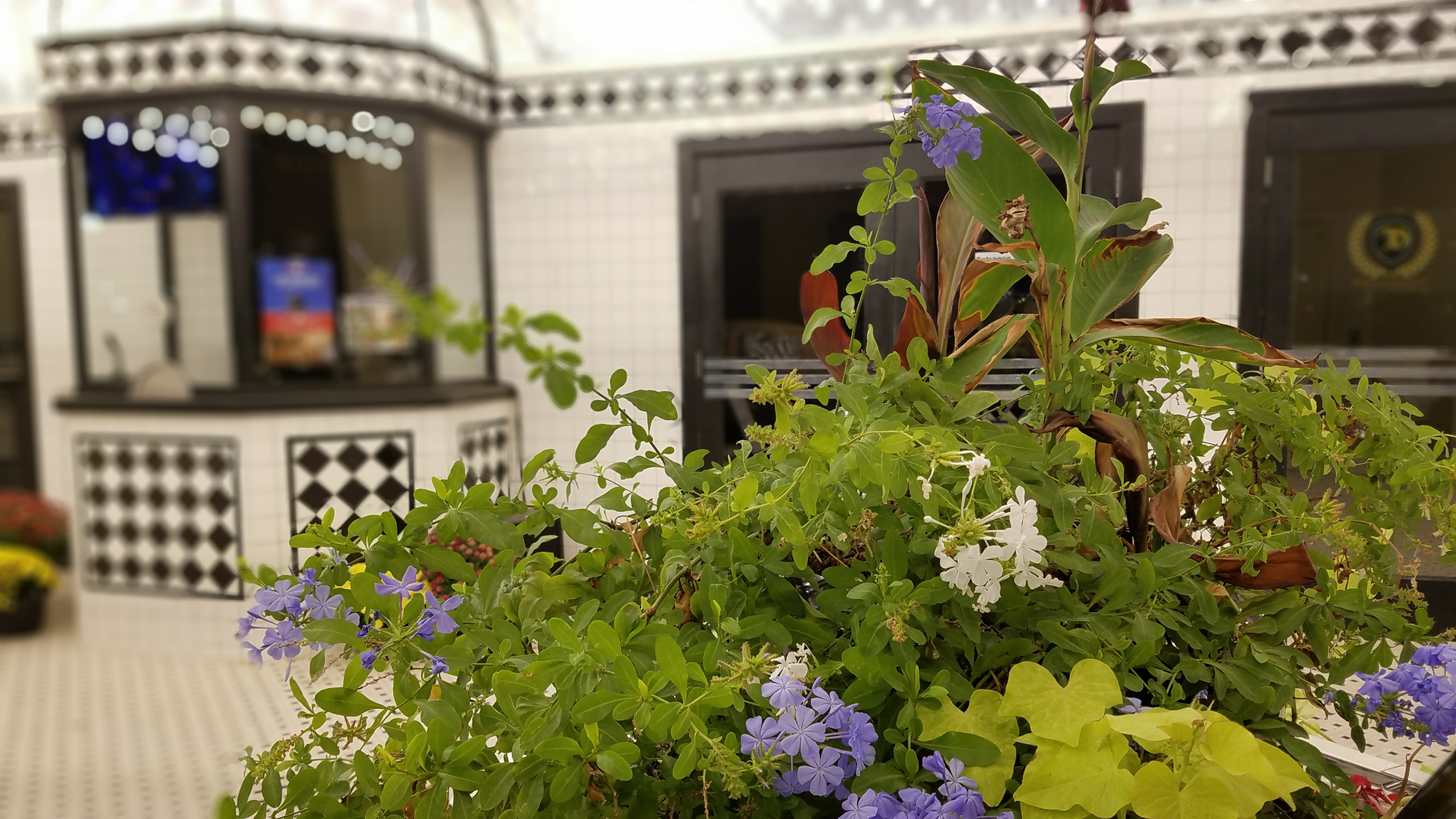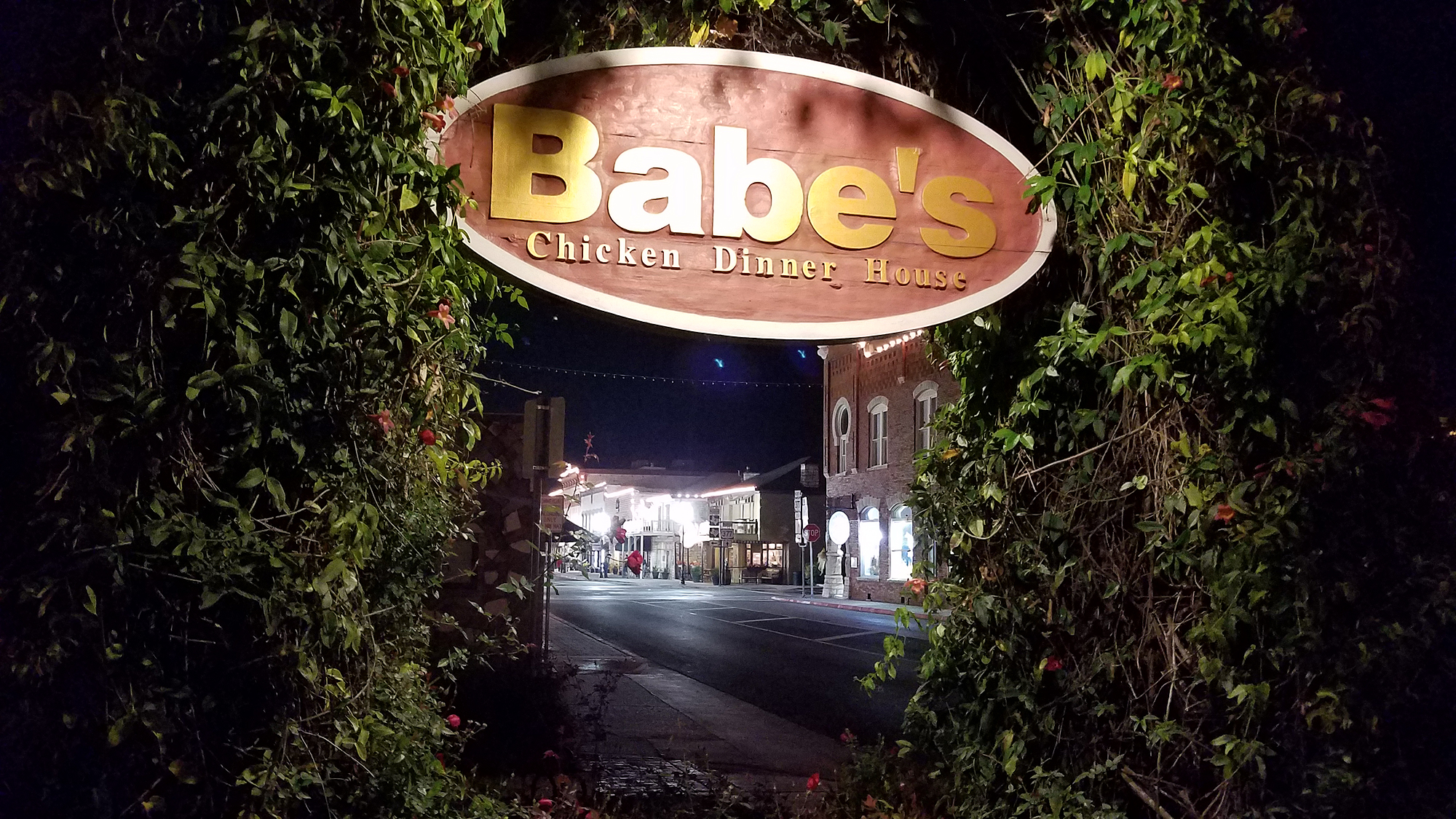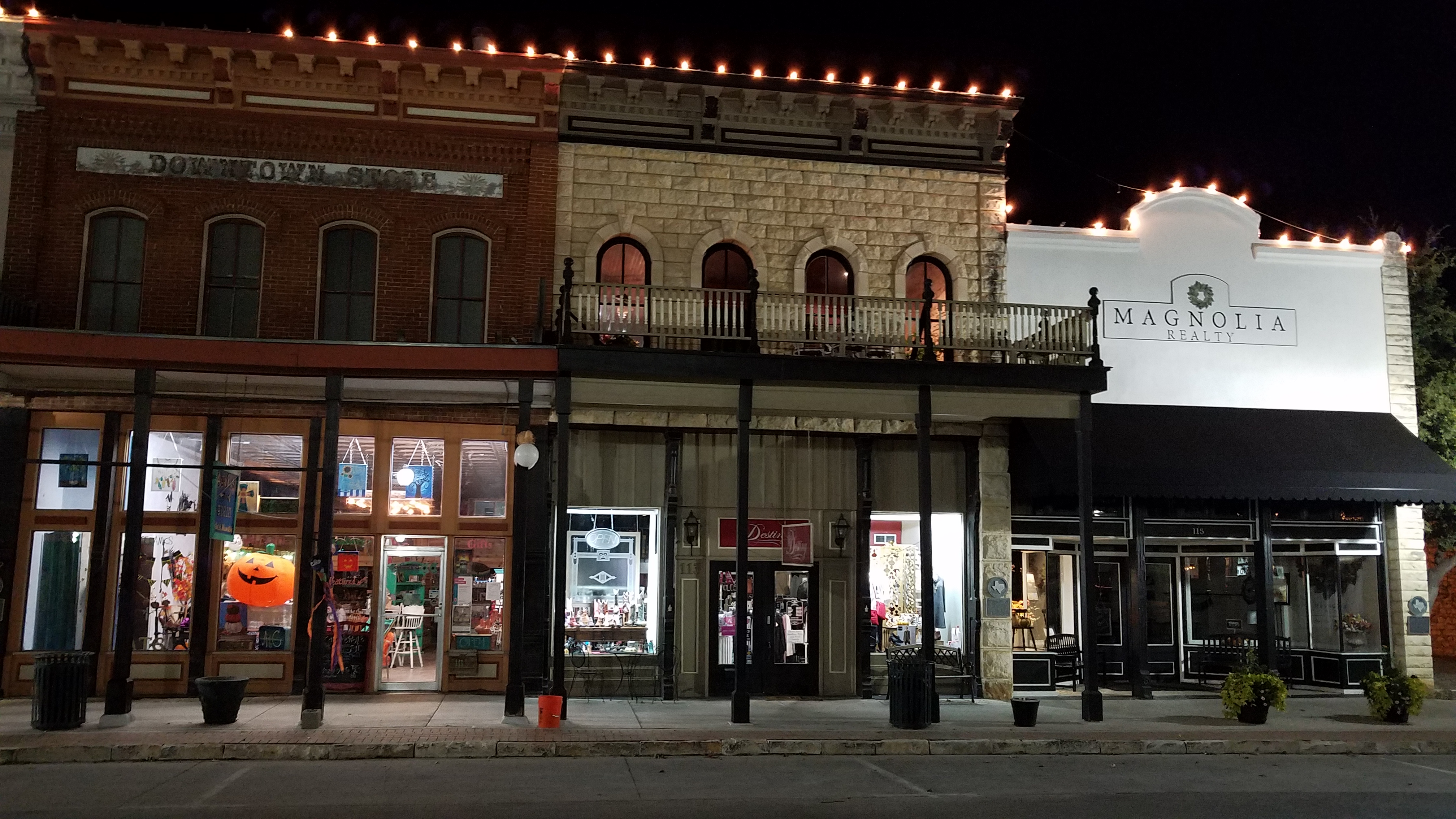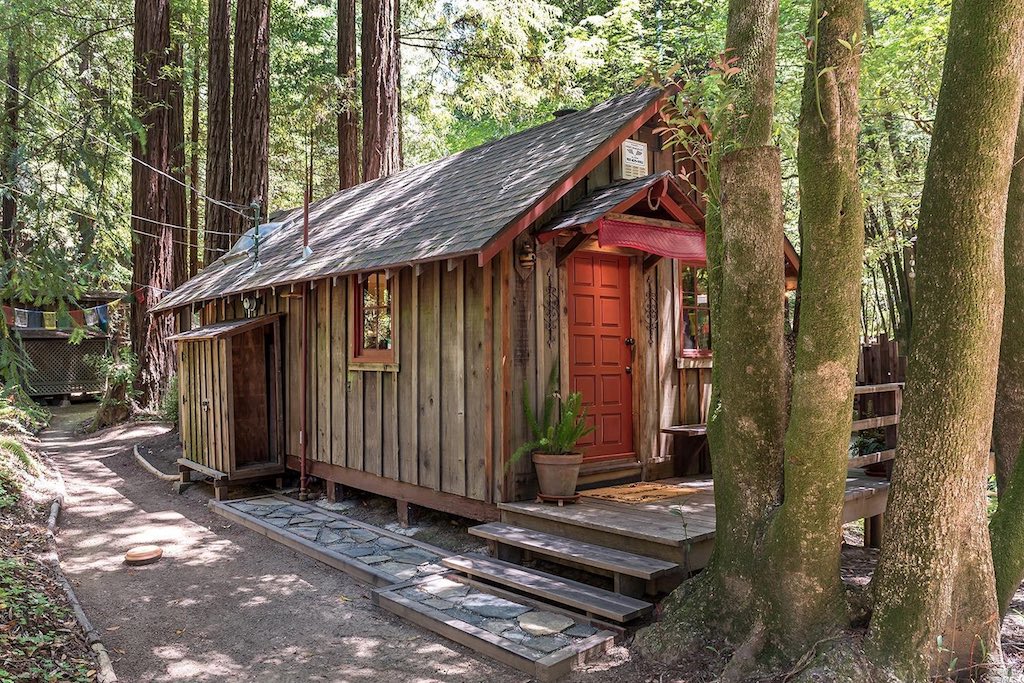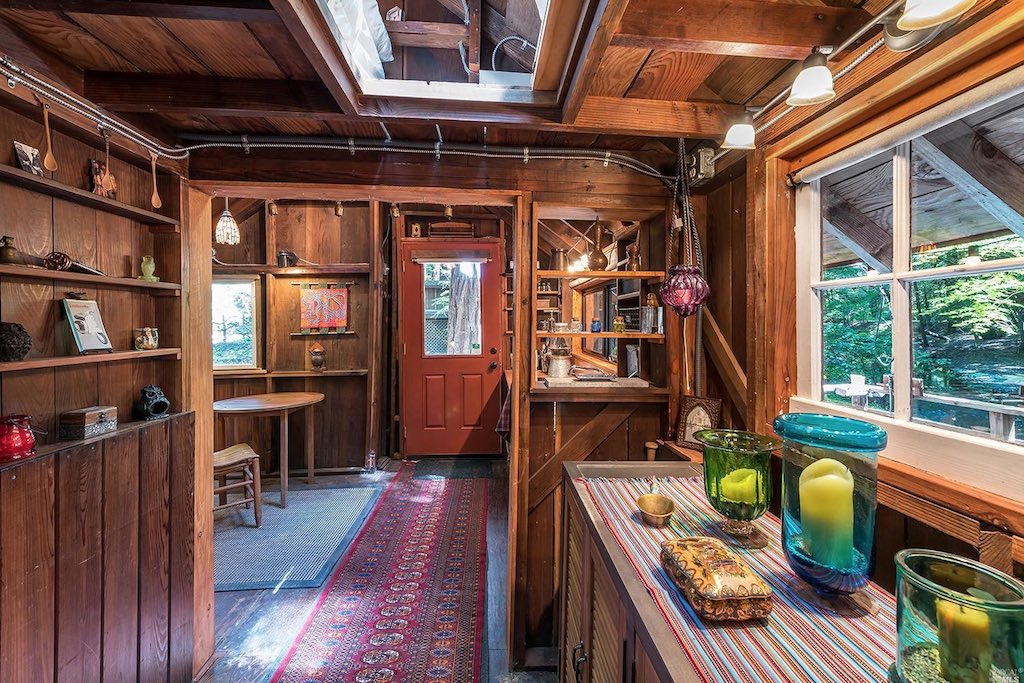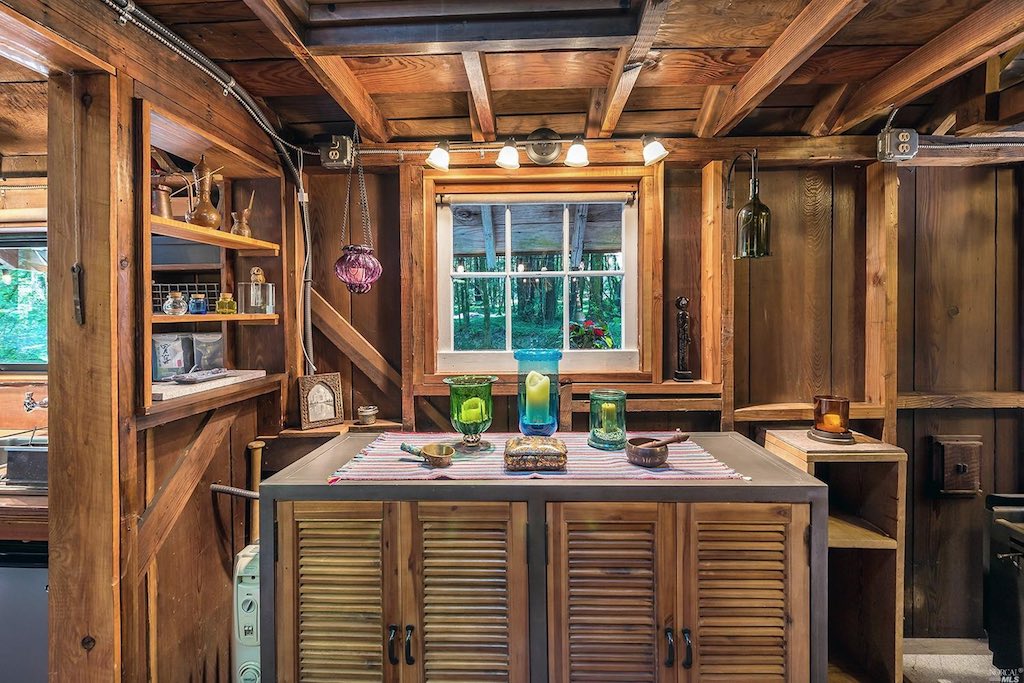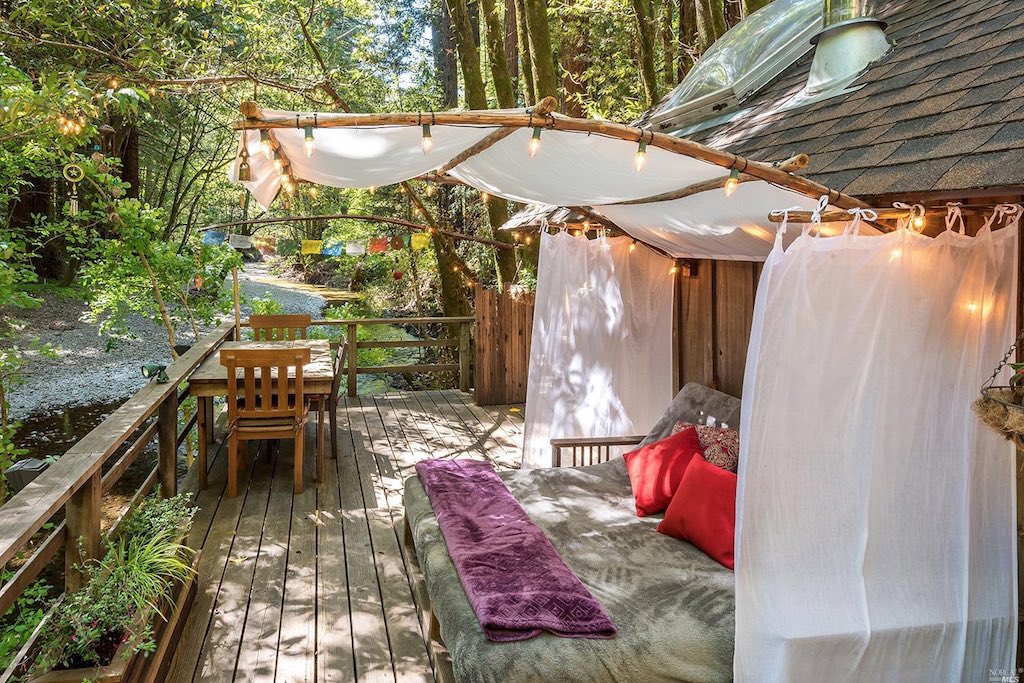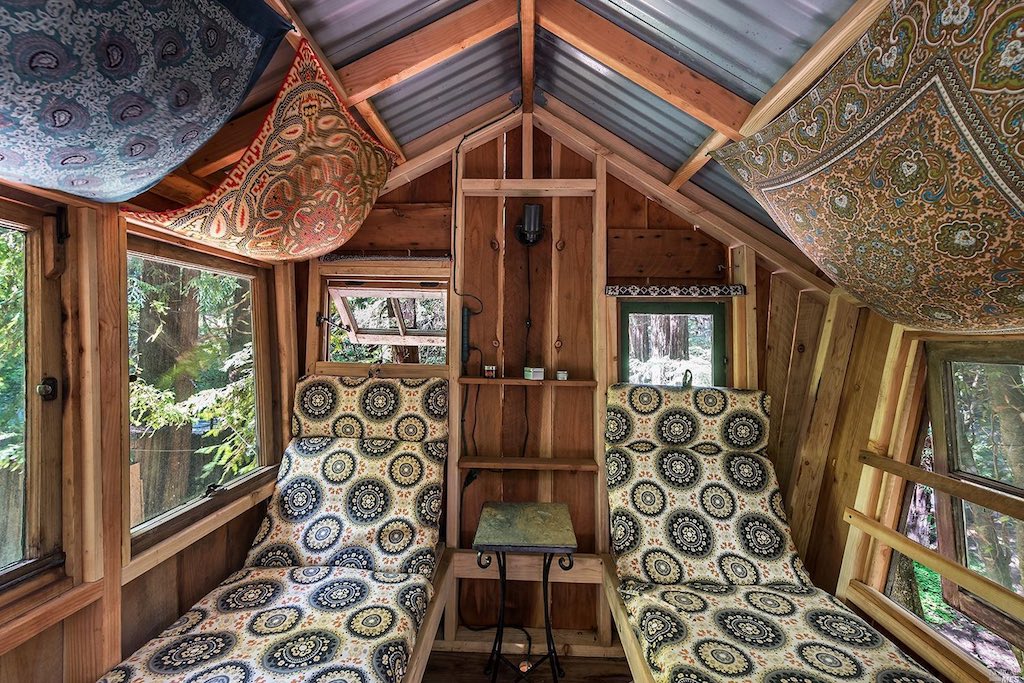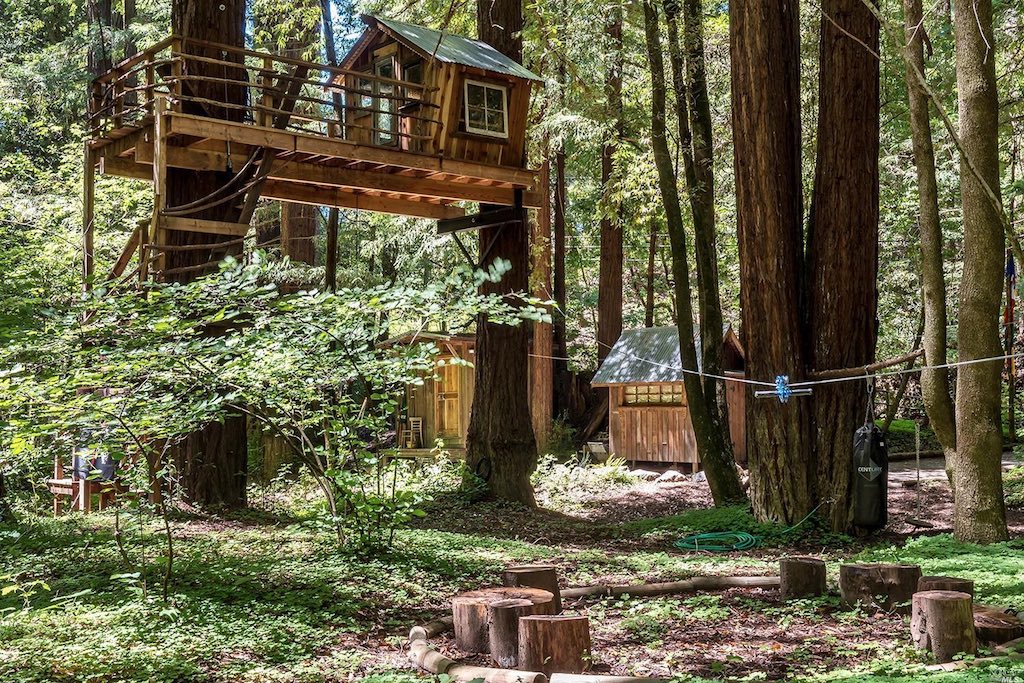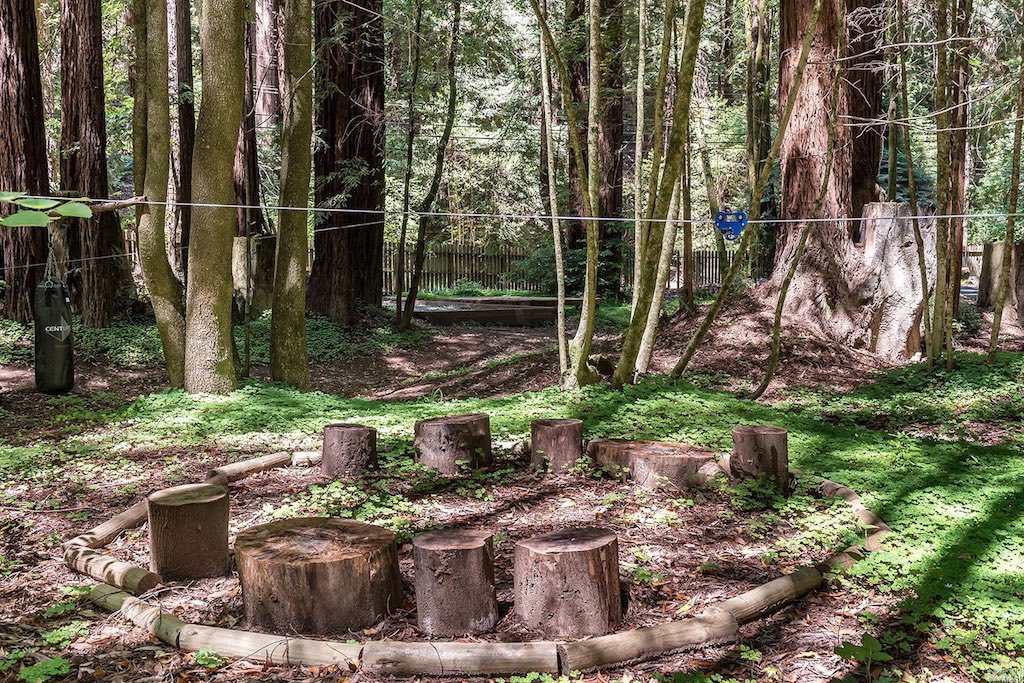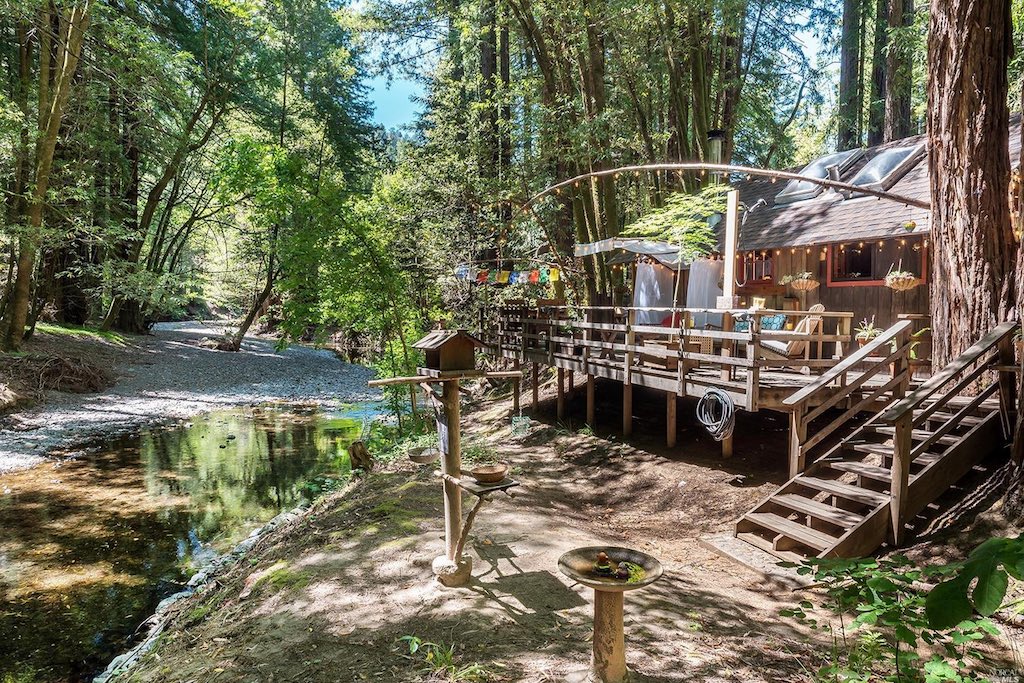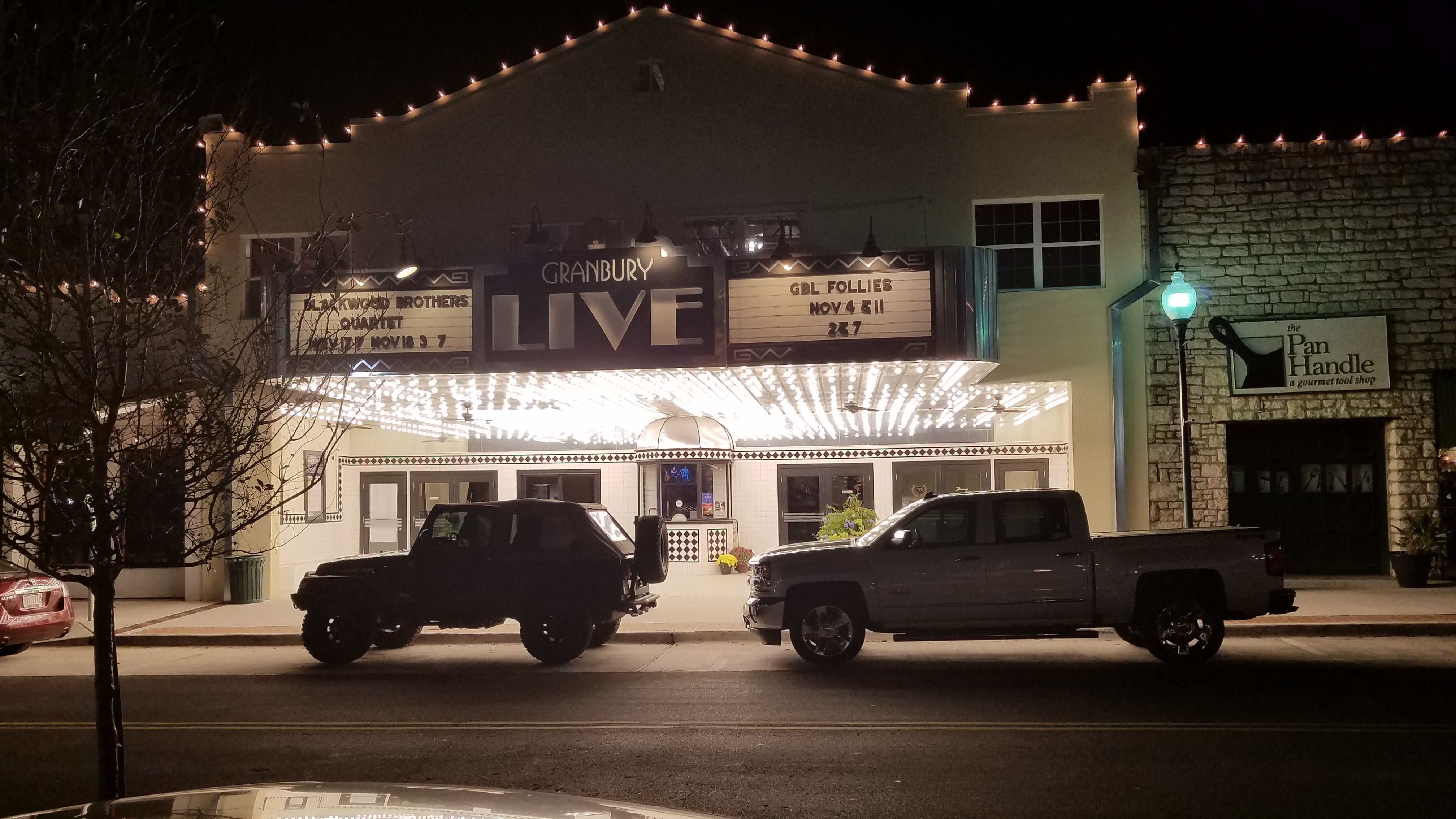 The Granbury Square was packed this evening (November 10th, 2017) with the Opera, the Granbury Live Music Hall, and the weekly Karaoke at one of the Wine Bars. If you have never been to Granbury, this time of year is a great time to come and visit because of the fall weather and all the window display’s in the stores around the square. The Hilton Hotel is right on Lake Granbury and is an easy walk over to the Square. If you come and stay the night, make sure you have breakfast at The Nutshell, its like stepping back in time and the food and bakery is really good. Babes is great for lunch and dinner. Here is the calendar for upcoming events!
The Granbury Square was packed this evening (November 10th, 2017) with the Opera, the Granbury Live Music Hall, and the weekly Karaoke at one of the Wine Bars. If you have never been to Granbury, this time of year is a great time to come and visit because of the fall weather and all the window display’s in the stores around the square. The Hilton Hotel is right on Lake Granbury and is an easy walk over to the Square. If you come and stay the night, make sure you have breakfast at The Nutshell, its like stepping back in time and the food and bakery is really good. Babes is great for lunch and dinner. Here is the calendar for upcoming events!
Author Archives: Administrator
Granbury, Texas | Midnight at The Downtown Square
Founded in 1887, Granbury started as a square and log cabin courthouse. Many of the buildings on the square are now registered historic landmarks, including the Granbury Opera House, which still hosts Broadway productions. The city name originated from the Confederate General Hiram B. Granberry. Some scholars, to explain why the city name is spelled differently, believe the name Granberry was misread on a document, but recent findings have concluded that Granberry chose to spell his name Granbury.[5]
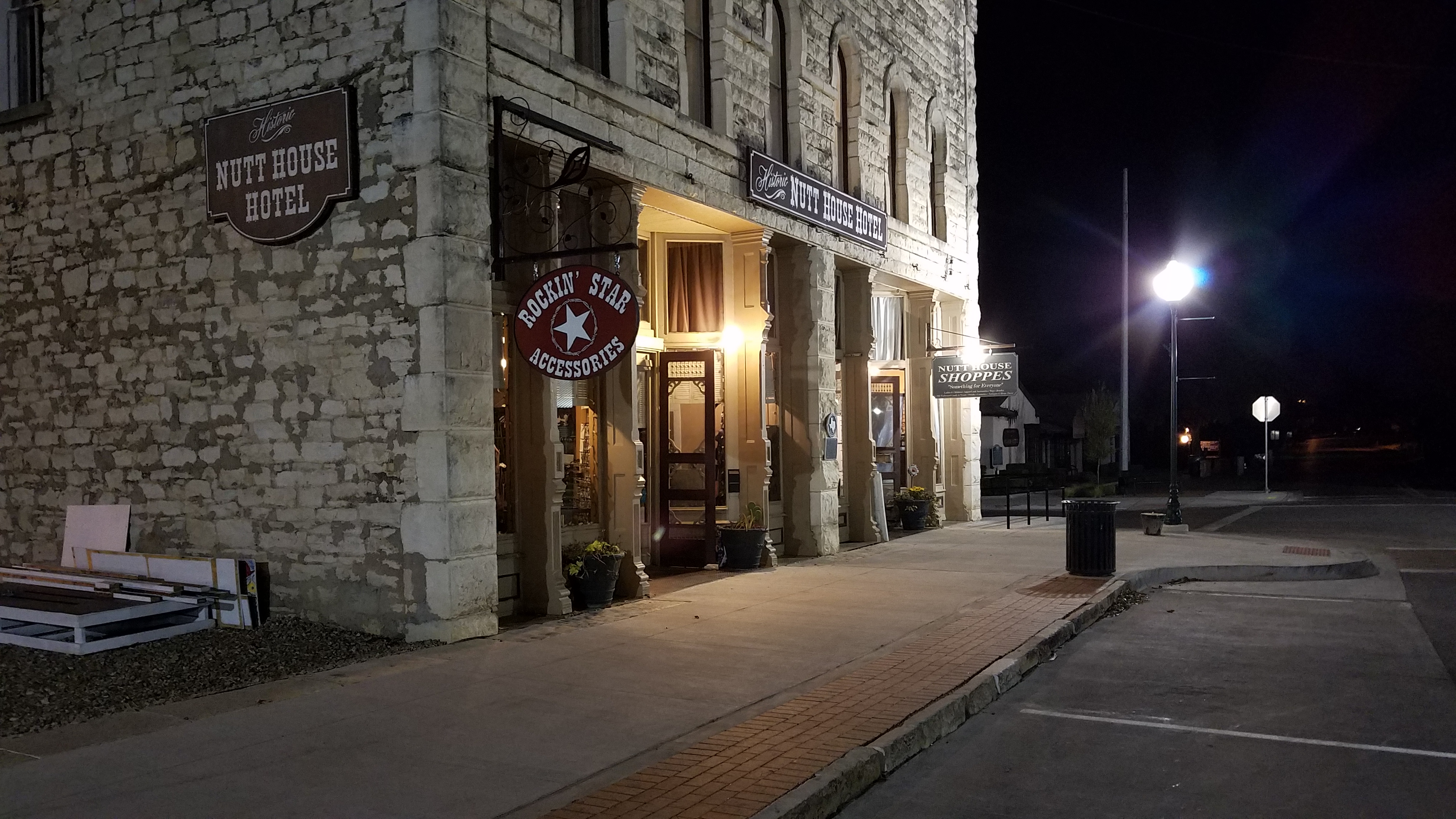 Recent expansion of the city was made possible by the damming of the Brazos River in 1969, which formed Lake Granbury, a long, narrow lake which flows through the city.
Recent expansion of the city was made possible by the damming of the Brazos River in 1969, which formed Lake Granbury, a long, narrow lake which flows through the city.
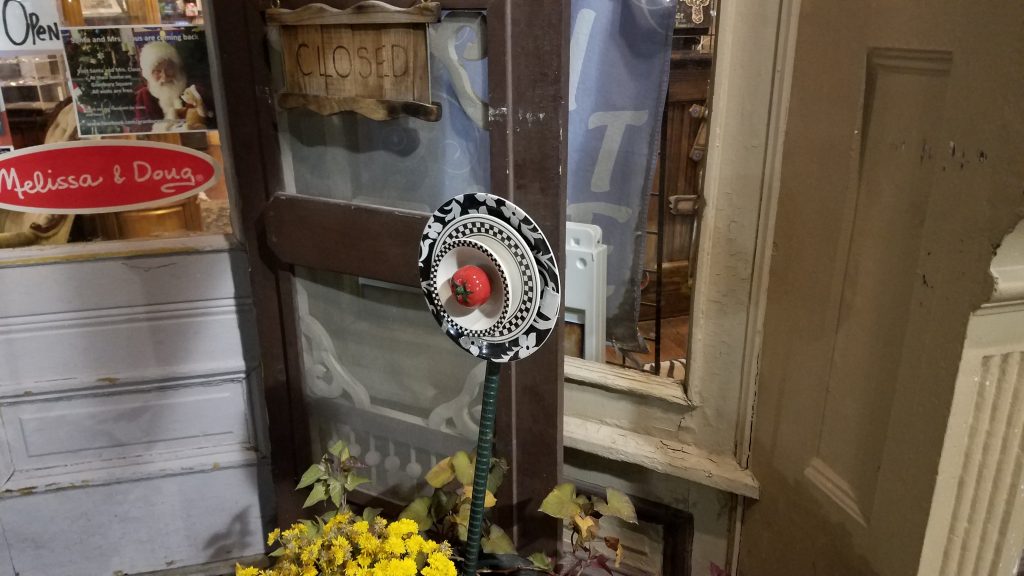 Granbury and Hood County are rich in Texas history. David (Davy) Crockett‘s wife, Elizabeth, settled in Hood County in 1853 following the Texas Revolution against Mexico. Crockett, as well as other Alamo participants, received 640 acres in land grants. The Crockett family received land in what is now Hood County. Elizabeth Crockett is buried in Acton State Historic Site,[6] the smallest state park in Texas. A large statue of Elizabeth Crockett marks her grave site. Several of Crockett’s descendants still reside in Hood County.
Granbury and Hood County are rich in Texas history. David (Davy) Crockett‘s wife, Elizabeth, settled in Hood County in 1853 following the Texas Revolution against Mexico. Crockett, as well as other Alamo participants, received 640 acres in land grants. The Crockett family received land in what is now Hood County. Elizabeth Crockett is buried in Acton State Historic Site,[6] the smallest state park in Texas. A large statue of Elizabeth Crockett marks her grave site. Several of Crockett’s descendants still reside in Hood County.
John Wilkes Booth, according to Granbury legend, moved to Hood County and assumed the name of John St. Helen. A store on the historic town square, St. Helen’s, is named after him.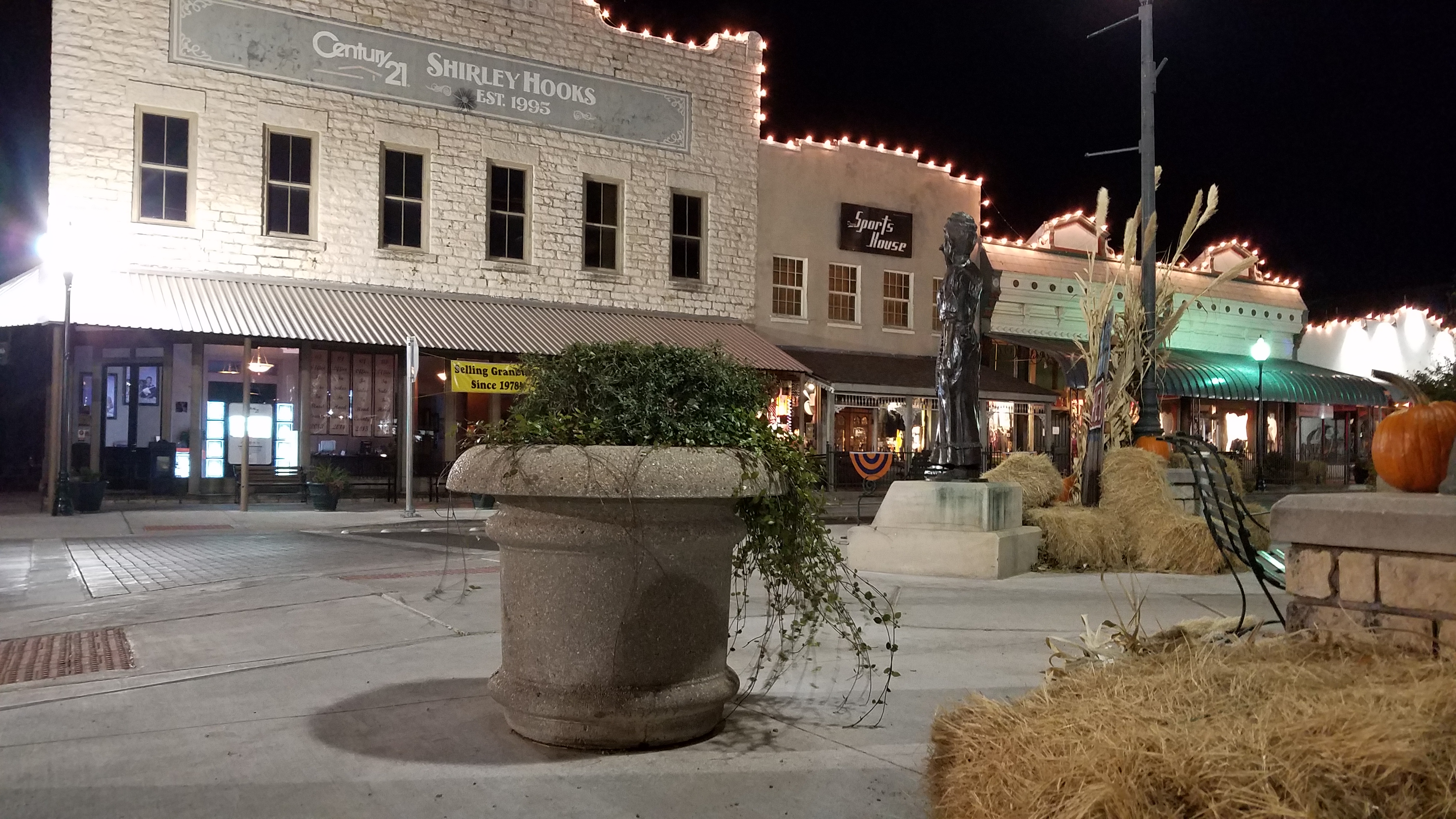
Amazon Has Launched 18 Wind and Solar Projects Across the U.S.
Together, these projects will generate enough clean energy to power over 330,000 homes and will support hundreds of jobs, while providing tens of millions of dollars of investment in local communities across the U.S.
Amazon Wind Farm Texas includes more than 100 turbines – each over 300 feet tall with a rotor diameter more than twice the wingspan of a Boeing 787. Amazon Wind Farm Texas is built, owned, and operated by Lincoln Clean Energy (LCE), a leading developer of wind and solar projects across the U.S.
To thank and support the local community, Amazon is donating $50,000 to the Snyder Education Foundation to provide students and teachers with STEM learning opportunities.

“Investing in renewable energy is a win-win-win-win – it’s right for our customers, our communities, our business, and our planet,” said Kara Hurst, Amazon’s Worldwide Director of Sustainability. “We now have 18 wind and solar projects across the U.S. with more than 35 projects to come. These are important steps toward reaching our long-term goal to power our global infrastructure using 100% renewable energy. We’d like to thank the leaders at LCE, the Scurry County community, and our partners across the country who are helping us continue to bring new renewable energy online.”
“We’ve made a lot of progress on this commitment. AWS (Amazon Web Services) exceeded its goal of 40% renewable energy by the end of 2016, and set a new goal to be powered by 50% renewable energy by the end of 2017.”
In 2015, AWS announced the construction of Amazon Solar Farm US East, Amazon Wind Farm Fowler Ridge, Amazon Wind Farm US Central and Amazon Wind Farm US East, located in Virginia, Indiana, Ohio and North Carolina respectively. Amazon Wind Farm Fowler Ridge became operational January 1, 2016, and Amazon Solar Farm US East went into operation in October, 2016.
In 2016, AWS announced the construction of Amazon Wind Farm US Central 2, a 189 megawatt wind farm in Hardin County, Ohio. We also announced five additional solar farms: Amazon Solar Farm US East 2, Amazon Solar Farm US East 3, Amazon Solar Farm US East 4, Amazon Solar Farm US East 5 each have a capacity of 20 megawatts and are located in New Kent, Buckingham, Sussex, and Powhatan counties in Virginia. Amazon Solar Farm US East 6 is a 100 megawatt facility in Southampton County, Virginia.
These ten renewable energy projects will deliver a total of 2.6 million MWh of energy annually onto the electric grid powering AWS data centers located in the AWS US East (Ohio) and AWS US East (N. Virginia) Regions. The electricity produced from these projects is enough to power the equivalent of over 240,000 U.S. homes annually, which is approximately the size of the city of Portland, Oregon.
Zen Getaway Cabin
A 324 square feet, 1 bedroom cabin in Monte Rio, California. More info. here.
Source: Zen Getaway Cabin
Transparent Solar Technology Represents Wave of The Future | Solar Windows

See-through solar materials that can be applied to windows represent a massive source of untapped energy and could harvest as much power as bigger, bulkier rooftop solar units, scientists report today in Nature Energy.
Led by engineering researchers at Michigan State University, the authors argue that widespread use of such highly transparent solar applications, together with the rooftop units, could nearly meet U.S. electricity demand and drastically reduce the use of fossil fuels.
“Highly transparent solar cells represent the wave of the future for new solar applications,” said Richard Lunt, the Johansen Crosby Endowed Associate Professor of Chemical Engineering and Materials Science at MSU. “We analyzed their potential and show that by harvesting only invisible light, these devices can provide a similar electricity-generation potential as rooftop solar while providing additional functionality to enhance the efficiency of buildings, automobiles and mobile electronics.”
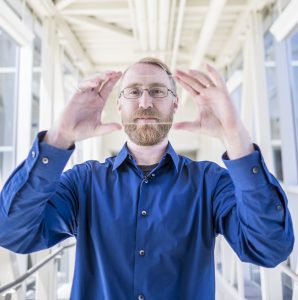 Lunt and colleagues at MSU pioneered the development of a transparent luminescent solar concentrator that when placed on a window creates solar energy without disrupting the view. The thin, plastic-like material can be used on buildings, car windows, cell phones or other devices with a clear surface.
Lunt and colleagues at MSU pioneered the development of a transparent luminescent solar concentrator that when placed on a window creates solar energy without disrupting the view. The thin, plastic-like material can be used on buildings, car windows, cell phones or other devices with a clear surface.
The solar-harvesting system uses organic molecules developed by Lunt and his team to absorb invisible wavelengths of sunlight. The researchers can “tune” these materials to pick up just the ultraviolet and the near-infrared wavelengths that then convert this energy into electricity (watch a demonstration of the process here).
Moving global energy consumption away from fossil fuels will require such innovative and cost-effective renewable energy technologies. Only about 1.5 percent of electricity demand in the United States and globally is produced by solar power.
But in terms of overall electricity potential, the authors note that there is an estimated 5 billion to 7 billion square meters of glass surface in the United States. And with that much glass to cover, transparent solar technologies have the potential of supplying some 40 percent of energy demand in the U.S. – about the same potential as rooftop solar units. “The complimentary deployment of both technologies,” Lunt said, “could get us close to 100 percent of our demand if we also improve energy storage.”
Lunt said highly transparent solar applications are recording efficiencies above 5 percent, while traditional solar panels typically are about 15 percent to 18 percent efficient. Although transparent solar technologies will never be more efficient at converting solar energy to electricity than their opaque counterparts, they can get close and offer the potential to be applied to a lot more additional surface area, he said.
Right now, transparent solar technologies are only at about a third of their realistic overall potential, Lunt added.
“That is what we are working towards,” he said. “Traditional solar applications have been actively researched for over five decades, yet we have only been working on these highly transparent solar cells for about five years. Ultimately, this technology offers a promising route to inexpensive, widespread solar adoption on small and large surfaces that were previously inaccessible.”
The work is funded by the National Science Foundation and the U.S. Department of Education.
Lunt’s coauthors are Christopher Traverse, a doctoral student in engineering at MSU, and Richa Pandey and Miles Barr with Ubiquitous Energy Inc., a company Lunt cofounded with Barr to commercialize transparent solar technologies.







